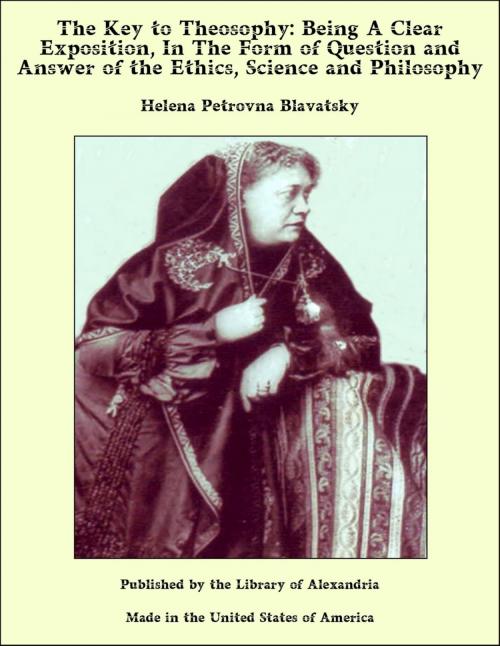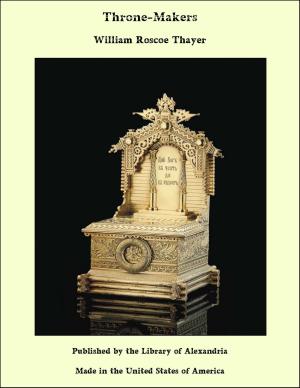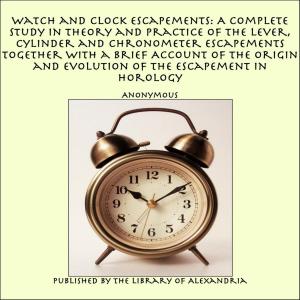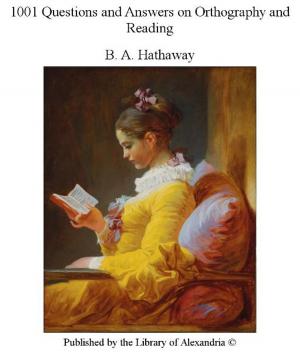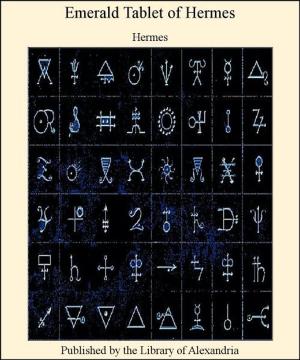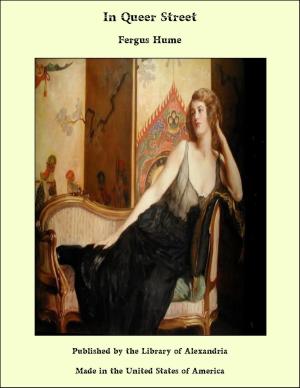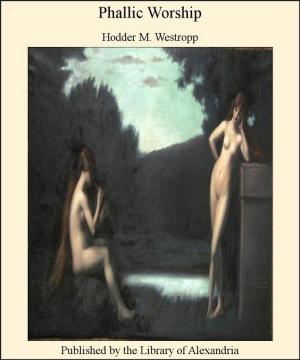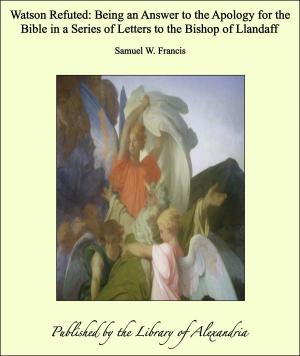The Key to Theosophy: Being A Clear Exposition, In The Form of Question and Answer of the Ethics, Science and Philosophy
Nonfiction, Religion & Spirituality, New Age, History, Fiction & Literature| Author: | Helena Petrovna Blavatsky | ISBN: | 9781465617385 |
| Publisher: | Library of Alexandria | Publication: | March 8, 2015 |
| Imprint: | Language: | English |
| Author: | Helena Petrovna Blavatsky |
| ISBN: | 9781465617385 |
| Publisher: | Library of Alexandria |
| Publication: | March 8, 2015 |
| Imprint: | |
| Language: | English |
In the following year (1856) another volume was issued, royal octavo, of 600 pages, diamond type, of ‘Theosophical Miscellanies.’ Of the last-named work 500 copies only were issued, for gratuitous distribution to Libraries and Universities. These earlier movements, of which there were many, originated within the Church, with persons of great piety and earnestness, and of unblemished character; and all of these writings were in orthodox form, using the Christian expressions, and, like the writings of the eminent Churchman William Law, would only be distinguished by the ordinary reader for their great earnestness and piety. These were one and all but attempts to derive and explain the deeper meanings and original import of the Christian Scriptures, and to illustrate and unfold the Theosophic life. These works were soon forgotten, and are now generally unknown. They sought to reform the clergy and revive genuine piety, and were never welcomed. That one word, “Heresy,” was sufficient to bury them in the limbo of all such Utopias. At the time of the Reformation John Reuchlin made a similar attempt with the same result, though he was the intimate and trusted friend of Luther. Orthodoxy never desired to be informed and enlightened. These reformers were informed, as was Paul by Festus, that too much learning had made them mad, and that it would be dangerous to go farther. Passing by the verbiage, which was partly a matter of habit and education with these writers, and partly due to religious restraint through secular power, and coming to the core of the matter, these writings were Theosophical in the strictest sense, and pertain solely to man’s knowledge of his own nature and the higher life of the soul. The present Theosophical movement has sometimes been declared to be an attempt to convert Christendom to Buddhism, which means simply that the word ‘Heresy’ has lost its terrors and relinquished its power. Individuals in every age have more or less clearly apprehended the Theosophical doctrines and wrought them into the fabric of their lives. These doctrines belong exclusively to no religion, and are confined to no society or time. They are the birthright of every human soul. Such a thing as orthodoxy must be wrought out by each individual according to his nature and his needs, and according to his varying experience. This may explain why those who have imagined Theosophy to be a new religion have hunted in vain for its creed and its ritual. Its creed is Loyalty to Truth, and its ritual ‘To honour every truth by use.’
In the following year (1856) another volume was issued, royal octavo, of 600 pages, diamond type, of ‘Theosophical Miscellanies.’ Of the last-named work 500 copies only were issued, for gratuitous distribution to Libraries and Universities. These earlier movements, of which there were many, originated within the Church, with persons of great piety and earnestness, and of unblemished character; and all of these writings were in orthodox form, using the Christian expressions, and, like the writings of the eminent Churchman William Law, would only be distinguished by the ordinary reader for their great earnestness and piety. These were one and all but attempts to derive and explain the deeper meanings and original import of the Christian Scriptures, and to illustrate and unfold the Theosophic life. These works were soon forgotten, and are now generally unknown. They sought to reform the clergy and revive genuine piety, and were never welcomed. That one word, “Heresy,” was sufficient to bury them in the limbo of all such Utopias. At the time of the Reformation John Reuchlin made a similar attempt with the same result, though he was the intimate and trusted friend of Luther. Orthodoxy never desired to be informed and enlightened. These reformers were informed, as was Paul by Festus, that too much learning had made them mad, and that it would be dangerous to go farther. Passing by the verbiage, which was partly a matter of habit and education with these writers, and partly due to religious restraint through secular power, and coming to the core of the matter, these writings were Theosophical in the strictest sense, and pertain solely to man’s knowledge of his own nature and the higher life of the soul. The present Theosophical movement has sometimes been declared to be an attempt to convert Christendom to Buddhism, which means simply that the word ‘Heresy’ has lost its terrors and relinquished its power. Individuals in every age have more or less clearly apprehended the Theosophical doctrines and wrought them into the fabric of their lives. These doctrines belong exclusively to no religion, and are confined to no society or time. They are the birthright of every human soul. Such a thing as orthodoxy must be wrought out by each individual according to his nature and his needs, and according to his varying experience. This may explain why those who have imagined Theosophy to be a new religion have hunted in vain for its creed and its ritual. Its creed is Loyalty to Truth, and its ritual ‘To honour every truth by use.’
